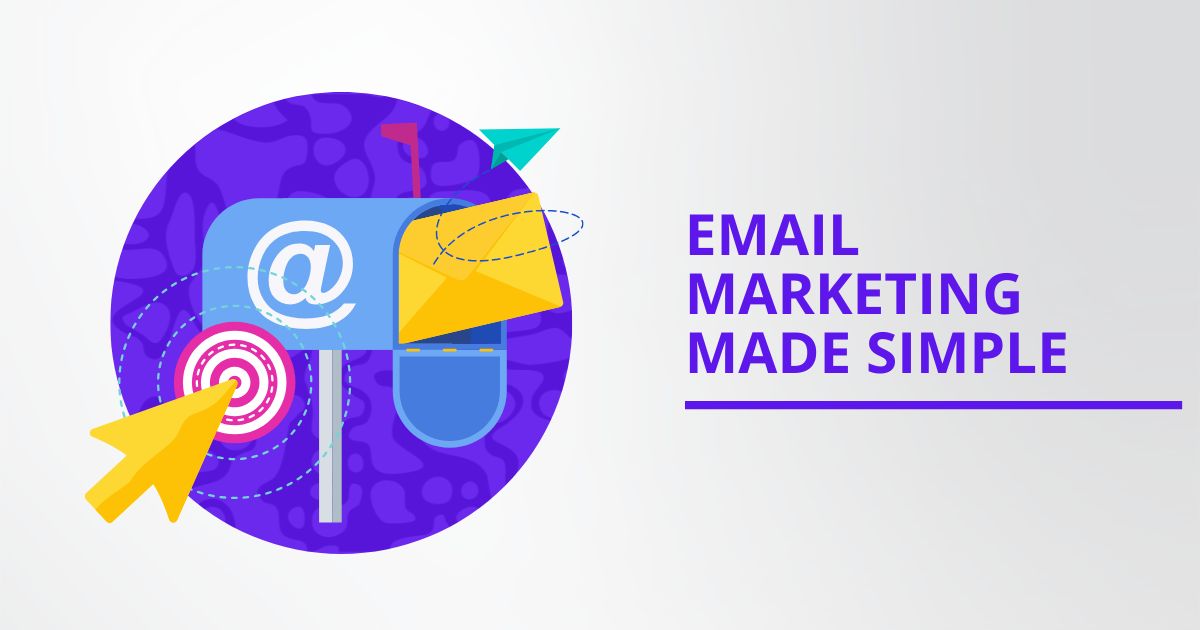
Email marketing remains one of the most powerful tools in your digital marketing arsenal. With an average ROI of $42 for every dollar spent, it consistently outperforms social media, content marketing, and paid advertising. Yet many businesses struggle to harness its full potential.
This comprehensive guide will walk you through everything you need to know about email marketing—from building your first list to crafting campaigns that convert. Whether you’re a complete beginner or looking to refine your existing strategy, you’ll discover actionable techniques to grow your business through email.
Why Email Marketing Still Matters
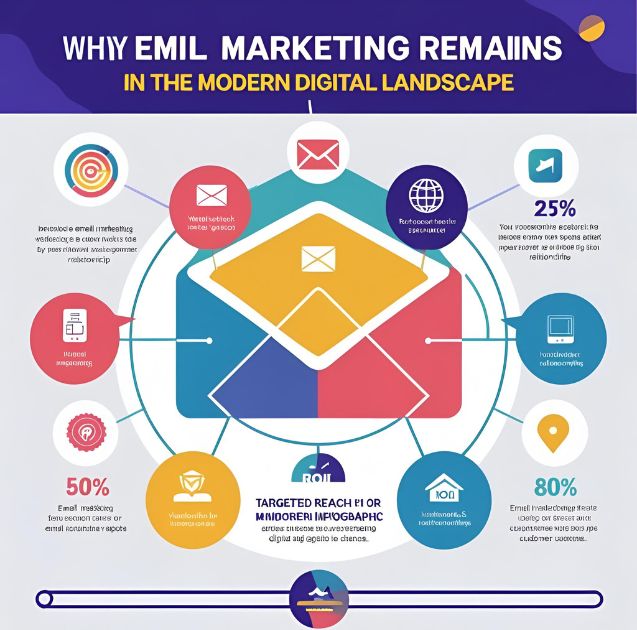
Email marketing has survived every digital trend and continues to thrive for good reason. Unlike social media algorithms that limit your reach, email puts your message directly in front of your audience. You own your email list, making it one of the most valuable assets your business can build.
The numbers speak for themselves. Email marketing generates more conversions than any other marketing channel, with 4.24% of visitors from email campaigns making a purchase compared to 2.49% from search engines and 0.59% from social media.
Email also offers unmatched personalization opportunities. You can segment your audience based on behavior, preferences, and demographics, then deliver targeted messages that resonate with each group.
Building Your Email List From Scratch
Create Compelling Lead Magnets
Your lead magnet is the incentive you offer in exchange for someone’s email address. The best lead magnets solve a specific problem for your target audience. Consider these options:
- Free guides or ebooks that provide valuable information
- Checklists and templates that save time
- Exclusive discounts for first-time buyers
- Free trials of your product or service
- Webinars featuring expert insights
Make sure your lead magnet aligns with your business goals. If you sell project management software, a productivity checklist works better than a general business guide.
Optimize Your Signup Forms
Place signup forms strategically throughout your website. High-converting locations include:
- Pop-ups triggered by time spent on the page or scroll depth
- Header and footer sections for consistent visibility
- Sidebar placements on blog posts
- End of blog posts when readers are most engaged
- About page where visitors learn about your company
Keep your forms simple. Ask only for essential information—typically just name and email address. Additional fields can reduce conversion rates significantly.
Leverage Social Media
Use your social media presence to drive email signups. Share teasers of your lead magnets, mention exclusive email-only content, and include signup links in your bio sections.
Create social media campaigns specifically designed to grow your email list. Run contests or giveaways that require email signup for entry, ensuring you attract subscribers genuinely interested in your offerings.
Essential Email Marketing Tools
Email Service Providers
Choose an email service provider (ESP) that matches your needs and budget. Popular options include:
Mailchimp offers user-friendly interfaces and strong automation features, making it ideal for beginners.
ConvertKit focuses on creators and bloggers, providing powerful segmentation and tagging capabilities.
AWeber delivers reliable service with excellent customer support and comprehensive analytics.
GetResponse combines email marketing with landing page builders and webinar hosting.
Consider factors like pricing, ease of use, automation capabilities, and integration options when making your choice.
Analytics and Tracking
Most ESPs provide built-in analytics, but you should also connect Google Analytics to track how email traffic behaves on your website. This data helps you understand which campaigns drive the most valuable visitors.
Key metrics to monitor include open rates, click-through rates, conversion rates, and unsubscribe rates. These numbers reveal how well your campaigns perform and where improvements are needed.
Crafting Compelling Email Campaigns
Subject Lines That Get Opened
Your subject line determines whether recipients open your email. Create curiosity without being misleading, and keep lines under 50 characters for optimal mobile display.
Effective subject line strategies include:
- Ask questions that your email answers
- Use numbers for specificity (“5 ways to…”)
- Create urgency with time-sensitive offers
- Personalize with recipient names or locations
- Make announcements about new products or features
Test different approaches to see what resonates with your audience. A/B testing subject lines can significantly improve open rates.
Email Content That Converts
Structure your emails for easy scanning. Use short paragraphs, bullet points, and clear headings to break up text. Most people skim emails rather than reading every word.
Write conversationally, as if you’re emailing a friend. Avoid overly formal language or corporate jargon. Your personality should shine through your writing.
Include clear calls-to-action (CTAs) that tell readers exactly what to do next. Use action words like “download,” “shop,” or “register,” and make your CTA buttons stand out visually.
Mobile Optimization
Over 60% of emails are opened on mobile devices. Ensure your emails look great on smartphones by:
- Using single-column layouts
- Keeping subject lines short
- Making buttons large enough to tap easily
- Testing emails on multiple devices before sending
Email Automation Strategies
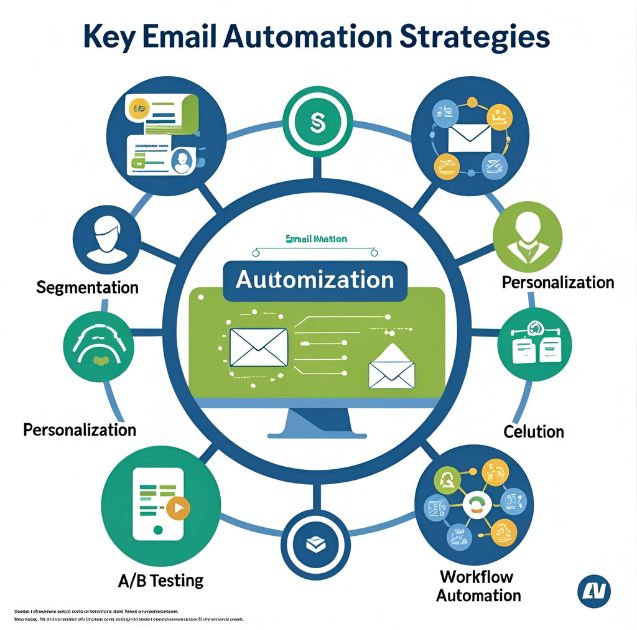
Welcome Series
Create an automated welcome series for new subscribers. This sequence introduces your brand, sets expectations, and delivers on the promise that convinced them to subscribe.
A typical welcome series includes:
- Immediate welcome with lead magnet delivery
- Brand introduction sharing your story and values
- Best content showcasing your most popular resources
- Social proof featuring customer testimonials
- Clear next steps guiding them toward a purchase
Behavioral Triggers
Set up automated emails based on subscriber behavior. Send targeted messages when someone:
- Abandons their shopping cart
- Downloads a specific resource
- Visits certain pages on your website
- Hasn’t engaged with recent emails
- Celebrates a birthday or anniversary
These behavioral triggers often achieve higher engagement rates than broadcast campaigns because they’re timely and relevant.
Nurture Sequences
Develop nurture sequences that guide subscribers through your sales funnel. These automated series provide valuable content while gradually introducing your products or services.
Structure nurture sequences around common customer questions or objections. Address concerns, provide solutions, and demonstrate your expertise throughout the sequence.
Advanced Email Marketing Techniques
Segmentation and Personalization
Divide your email list into segments based on demographics, behavior, or preferences. This allows you to send more relevant messages to each group.
Effective segmentation strategies include:
- Purchase history to recommend related products
- Engagement level to re-engage inactive subscribers
- Geographic location for regional offers
- Signup source to reference how they found you
- Content preferences to match interests
Use dynamic content to personalize emails beyond just including names. Show different products, offers, or content based on subscriber data.
A/B Testing
Continuously test different elements of your emails to improve performance. Test one variable at a time to identify what drives better results.
Elements to test include:
- Subject lines
- Send times and days
- Email length
- Call-to-action buttons
- Images versus text
- Sender names
Run tests with statistically significant sample sizes and implement winning variations in future campaigns.
Re-engagement Campaigns
Identify inactive subscribers and create targeted campaigns to win them back. These campaigns might offer special discounts, ask for feedback, or simply remind subscribers why they signed up.
If re-engagement attempts fail, consider removing inactive subscribers from your list. This improves your overall engagement rates and reduces costs with most email service providers.
Common Email Marketing Mistakes to Avoid
Many businesses sabotage their email marketing efforts through easily avoidable mistakes. Don’t purchase email lists—these contacts haven’t given permission to receive your emails, leading to high spam rates and potential legal issues.
Avoid sending emails without clear value. Every email should benefit your subscribers, whether through useful information, entertainment, or exclusive offers.
Don’t neglect email deliverability. Maintain a good sender reputation by following best practices, monitoring engagement metrics, and promptly addressing deliverability issues.
Resist the urge to email too frequently. Find the right balance for your audience—some businesses succeed with daily emails, while others perform better with weekly or monthly sends.
Measuring Success and Optimization
Track key performance indicators to understand your email marketing effectiveness. Open rates indicate how compelling your subject lines are, while click-through rates show how engaging your content is.
Monitor conversion rates to see how many email recipients take desired actions. This metric directly ties to your business goals and revenue generation.
Watch your list growth rate and unsubscribe rate. Healthy email programs typically see steady list growth with unsubscribe rates below 0.5% per campaign.
Use this data to continuously refine your approach. Small improvements in open rates, click-through rates, or conversion rates can significantly impact your overall results.
Your Next Steps to Email Marketing Success
Email marketing success doesn’t happen overnight, but consistent effort and strategic thinking will yield impressive results. Start by choosing an email service provider and creating your first lead magnet. Focus on building your list organically with valuable content and clear value propositions.
Develop a content calendar to maintain consistent communication with your subscribers. Plan your campaigns around your business goals, seasonal events, and customer lifecycle stages.
Remember that email marketing is about building relationships, not just selling products. Provide value first, and sales will naturally follow. Your subscribers will become your most loyal customers and advocates when you consistently deliver on your promises.
Begin implementing these strategies today, and watch your email marketing transform from a simple newsletter into a powerful revenue-generating engine for your business.




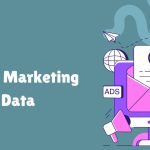
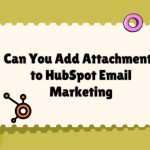

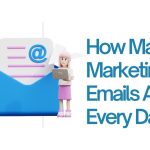

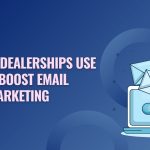




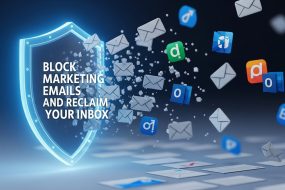
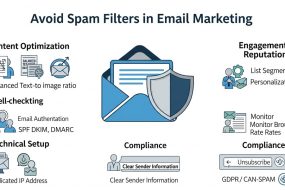
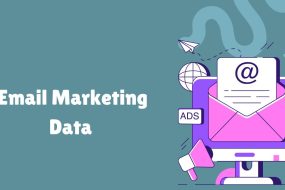
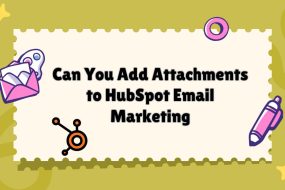
No Comments